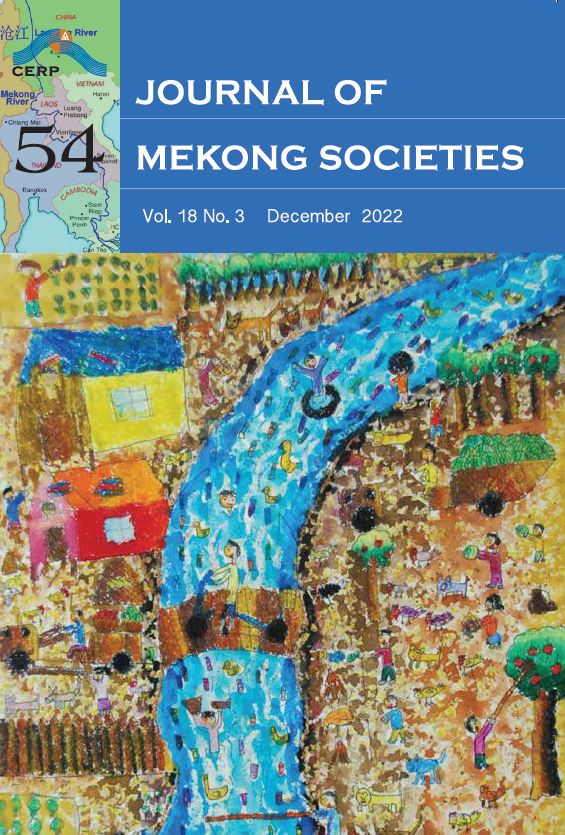A Metadata Schema for Murals in Northeastern Thailand
Main Article Content
Abstract
This article explores the development of a metadata schema for temple murals in Northeastern Thailand, a region also known as Isan. It has the following objectives: 1) to analyze the content, context, and structure of the murals of northeastern Thailand, and 2) to develop a metadata schema for the management of digitized murals to increase efficiency in search, access, management, and use. The research was conducted through the analysis of murals, based on three features of the information approach. The first is content, which consists of the content group, name of the murals, and the era of the mural, painter, and inscriptions. The second is context, consisting of registration of information on the mural’s restoration, and the owner and location of the painting. The third feature is structure, which includes art form, style, period, type, location, and painting sequence. The development of the metadata schema was conducted using the metadata lifecycle model, which consists of the following three steps: 1) conducting an information content analysis; 2) creating metadata requirements; and 3) developing a metadata schema. The metadata schema development adopted the functional requirements for metadata standards from the standard Visual Resources Association (VRA) Core. Research findings illustrate that the resulting metadata has the following 19 elements: ID type of record, agent, date, description, inscription, location, right, style period, subject, technique, text ref, title, work type, conserve, position, structure, type, sequencing, and date/time.
Article Details

This work is licensed under a Creative Commons Attribution-NonCommercial-NoDerivatives 4.0 International License.


